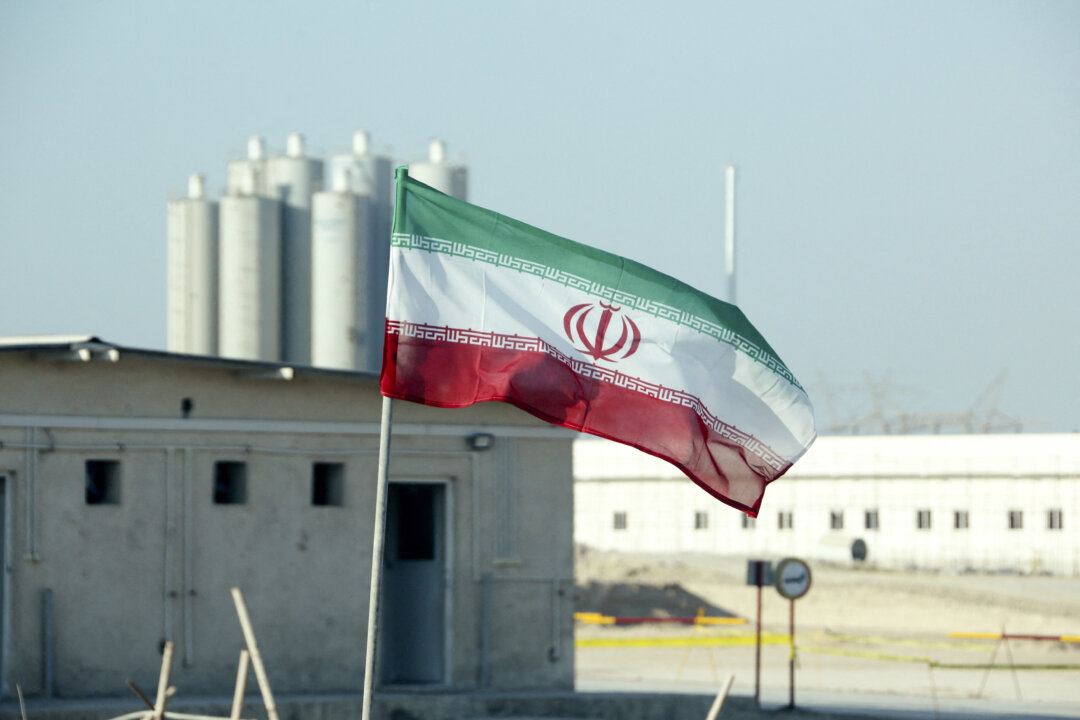Senior U.S. negotiators will meet with their Iranian counterparts in Oman on April 12, for what President Donald Trump has set up to be a high-stakes negotiation over Iran’s nuclear program.
Trump has increased pressure on Tehran in recent weeks, saying they must enter into a new agreement to limit their nuclear development and swear off hopes of obtaining a nuclear weapon. On March 30, the U.S.

president warned, “If they don’t make a deal, there will be bombing.” Tehran had entered into a 2015 agreement with several world powers to curb its nuclear development. Under the Joint Comprehensive Plan of Action (JCPOA), Iran agreed to limit its uranium stockpiles and avoid enriching uranium past certain levels.
In 2018, during his first term, Trump withdrew the United States from the 2015 deal, reapplied economic sanctions against Iran, and called for a new and more comprehensive framework to cap Iran’s nuclear program. Tehran, in turn, has backed away from its commitments under the deal and resumed efforts to stockpile and enrich uranium. Trump was unable to finalize a new Iran nuclear agreement during his first term.
Early on, President Joe Biden’s administration took steps to bring the United States back into the 2015 Iran nuclear deal, but never reached a final reentry agreement. Iranian representatives initially said the Oman talks would be indirect, with the U.S.
and Iranian negotiators working through an intermediary. However, speaking with reporters on April 11, White House press secretary Karoline Leavitt said the delegations would participate in direct talks. Leavitt reiterated a direct warning about the consequences that may come if both sides can’t reach a deal.
“[Trump has] made it very clear to the Iranians, and his national security team will as well, that all options are ...
on the table, and Iran has a choice to make,” she said. “You can agree to President Trump’s demand, or there will be all hell to pay.” Iranian Foreign Ministry spokesman Esmaeil Baqaei said Tehran is approaching the Oman talks in earnest and assessing Washington’s intentions at the negotiating table.
The Trump administration has already begun amassing military resources in the Middle East. The Truman Carrier Strike Group is already in the Central Command region. This carrier group has been supporting a renewed campaign of strikes targeting the Houthi terrorists in Yemen since March 15.
The Houthis—which the Trump administration recently re-designated as a foreign terrorist organization—has been launching missiles and drones at Israel and at both military and commercial vessels operating in the Red Sea. The Yemeni terrorists have said these attacks are in solidarity with the Palestinian people and will stop when Israeli forces leave the Gaza Strip. After Israel and the Hamas terrorist group entered into a cease-fire agreement in January, the Houthi attacks faded.
This Gaza truce broke down in March amid disagreements about whether to proceed to a second phase of a cease-fire. The Houthis have since resumed their drone and missile attacks. The Trump administration has linked the pattern of Houthi attacks to Iran, which has been supporting various U.
S.-designated terrorist groups in the region. Efforts to negotiate a new Iran nuclear agreement also come as the Trump administration is working to restart the Gaza cease-fire.
“We’re looking at another cease-fire. We'll see what happens,” Trump said as he hosted Israeli Prime Minister Benjamin Netanyahu at the White House on April 7..
Politics

US–Iran Talks to Begin in Oman

Trump has increased pressure in recent week for Iran to agree to a new deal to limit the country's nuclear development.














